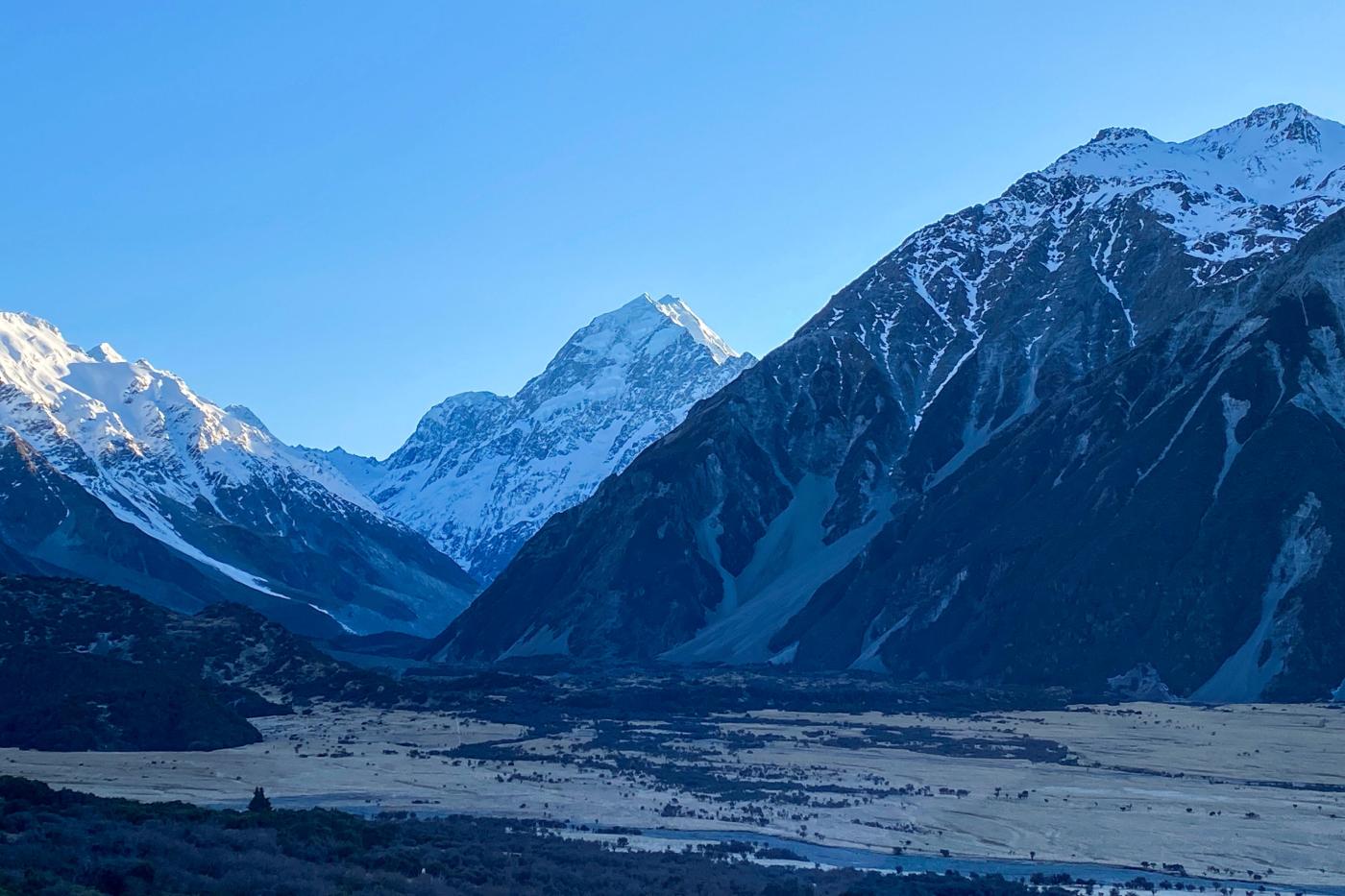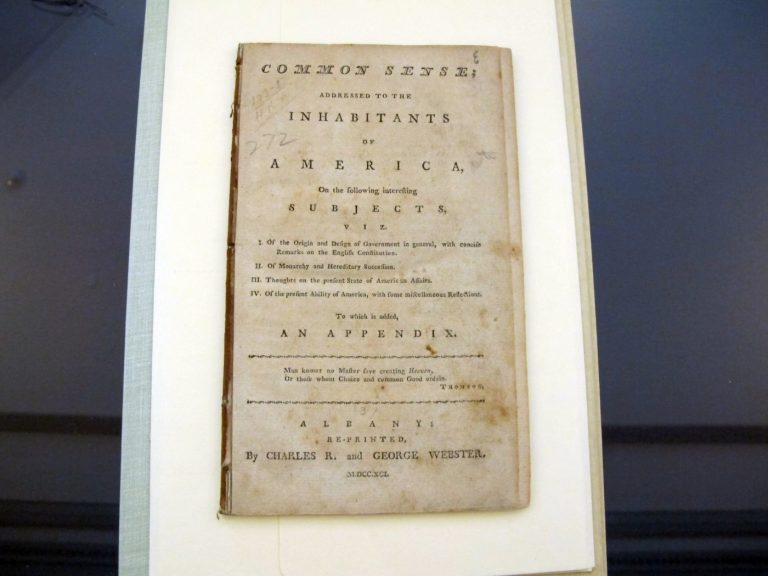By CHARLOTTE GRAHAM-McLAY | Associated Press
WELLINGTON, New Zealand — New Zealand authorities have “grave concerns” for three mountain climbers from the U.S. and Canada who are missing after a planned ascent of the country’s highest peak, Aoraki, as efforts to find them stalled for a third day amid bad weather.
Strong winds meant an aerial search for the men could not resume as anticipated on Thursday, Police Area Commander Inspector Vicki Walker said in a statement.
The Americans — Kurt Blair, 56, from Colorado and Carlos Romero, 50, of California — are certified alpine guides, according to the website of the nonprofit American Mountain Guides Association. New Zealand authorities have not named the Canadian climber at the request of his family.
A tourist takes a photo at a frozen lake at the foot of of New Zealand’s highest peak, Aoraki, centre, in the Aoraki/Mount Cook National Park, on Aug. 17, 2020. (AP Photo/Mark Baker)
Related Articles
Family of missing Hawaiian woman calls on Los Angeles police to release surveillance video of her crossing into Mexico
Authorities search sinkhole for missing woman in Pennsylvania
California climber among three missing on New Zealand’s highest peak
Search suspended for man believed to have gone overboard on cruise ship
Police say a Hawaii woman disappeared voluntarily and traveled to Mexico
The men flew to a hut partway up the mountain on Saturday to begin their ascent and were reported missing on Monday when they did not arrive to meet their prearranged transport after the climb. Searchers hours later found several climbing-related items believed to belong to the men, but no sign of them, police said.
The search for the men stalled on Tuesday and Wednesday due to deteriorating weather conditions on Aoraki, also known as Mount Cook, with heavy rain and snow forecast. Walker earlier hoped efforts would resume Thursday but said conditions on the day were unsafe.
Aoraki is 3,724 meters (12,218 feet) high and is part of the Southern Alps, the scenic and icy mountain range that runs the length of New Zealand’s South Island. A settlement of the same name at its base is a destination for domestic and foreign tourists.
The peak is popular among experienced climbers. Its terrain is technically difficult due to crevasses, avalanche risk, changeable weather and glacier movement.
More than 240 deaths have been recorded on the mountain and in the surrounding national park since the start of the 20th century.












